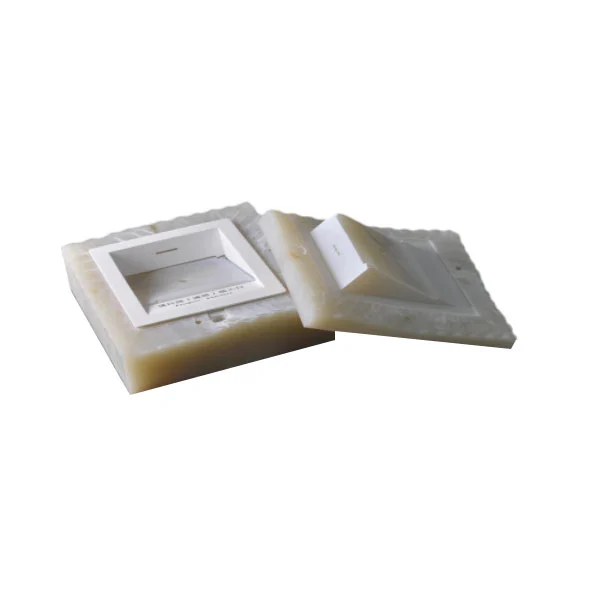Why I Trust Vacuum Casting for High-Quality Custom Parts
2025-07-17
When I was sourcing parts for a recent product prototype, I had very specific requirements: excellent surface finish, flexible material choices, and a cost-effective way to test multiple iterations. That’s when I seriously explored vacuum casting—and it turned out to be one of the smartest decisions I've made in my manufacturing journey.
The first thing that stood out to me was how accurate and clean the process is from start to finish. Our engineer explained that it begins with creating a silicone mold based directly on our 3D design. Watching this step gave me a real appreciation for the level of detail the mold could capture. It wasn’t just a basic shell—the mold had built-in flow channels and venting that made a noticeable difference in the final outcome. Once the mold was prepared, my team and I selected a resin formula that matched our performance needs. We opted for a polyurethane blend with excellent strength, though I was impressed by how many other materials were available too, including epoxy options that could be customized further with color additives or fillers.
What surprised me most during the production run was the role of the vacuum chamber. I got to observe the mold being placed inside, and as the resin mixture was slowly injected, the vacuum ensured every cavity was filled without bubbles or inconsistencies. That kind of uniformity was something I hadn’t seen with 3D printing or even CNC machining, especially when dealing with delicate or complex shapes. Once the vacuum was released and the curing process began, I could already see the definition and finish developing through the mold wall.
The finished parts exceeded my expectations. Not only did they replicate the original CAD design perfectly, but the surface quality was smooth, dense, and visually polished straight out of the mold. There were no rough edges or post-processing headaches. For us, this meant a faster turnaround and real savings in man-hours. I’ve worked with CNC services in the past, and while they have their place, vacuum casting gave me greater material flexibility and a more streamlined path for prototyping.
From a cost perspective, our factory team found this method ideal for small production runs. The molds are much cheaper than those used for injection molding, yet the results are still incredibly precise. I was also relieved to find that this technique handled the functional performance requirements we had for strength, wear resistance, and even flame retardancy. Whether we needed a glossy appearance or specific structural integrity, we could fine-tune it all at the material-mixing stage.
Looking back, I’m glad I gave vacuum casting a chance. It offered the right balance of precision, efficiency, and customization. For companies like ours that prioritize fast iteration and smart production planning, this technique just works. And having gone through the full process myself, I now recommend it to other teams that need reliable, small-batch manufacturing without compromising on quality.



